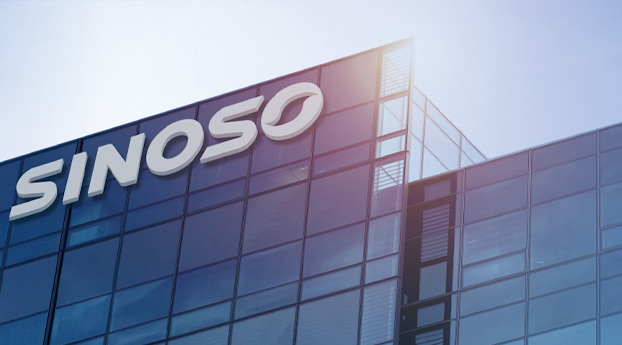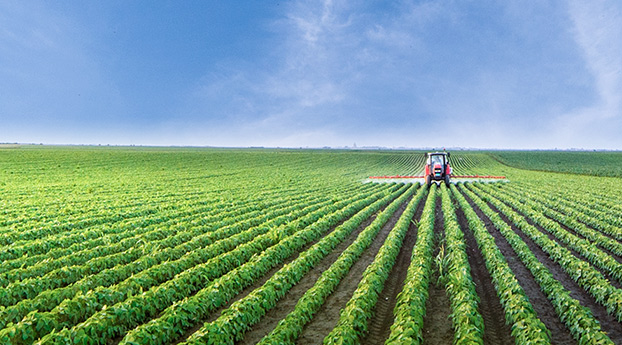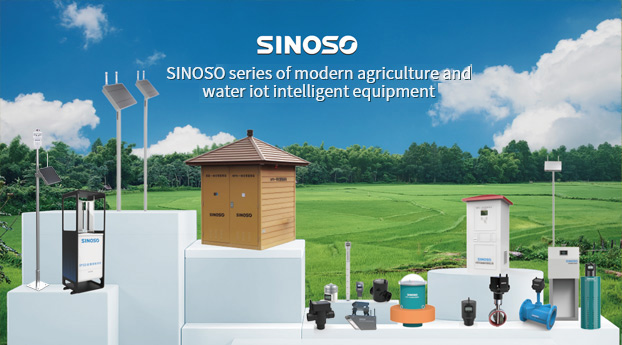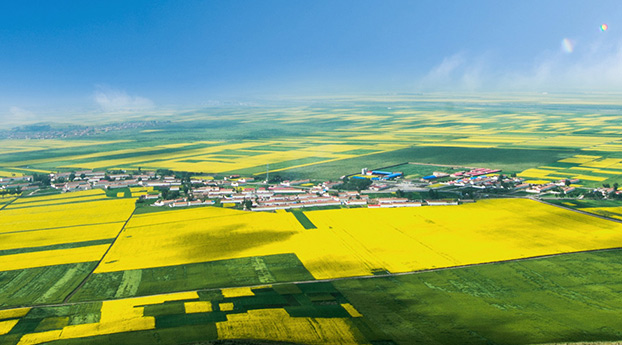Zhejiang Daily focuses on SINOSO "Deqing National Intelligent Water-saving Irrigation Demonstration Zone"
Release time:2021-05-25 Views:324
On May 20, "How to save 30% of water and irrigate 300 mu per capita? Reporter's visit in Deqing -- See the" Water-saving Book "of Deqing Plant Dream Factory", "Deqing National Intelligent Water-saving Irrigation Demonstration Zone", which is built and operated by SINOSO Technology Co., LTD., was reported in the special edition of Zhejiang Daily.
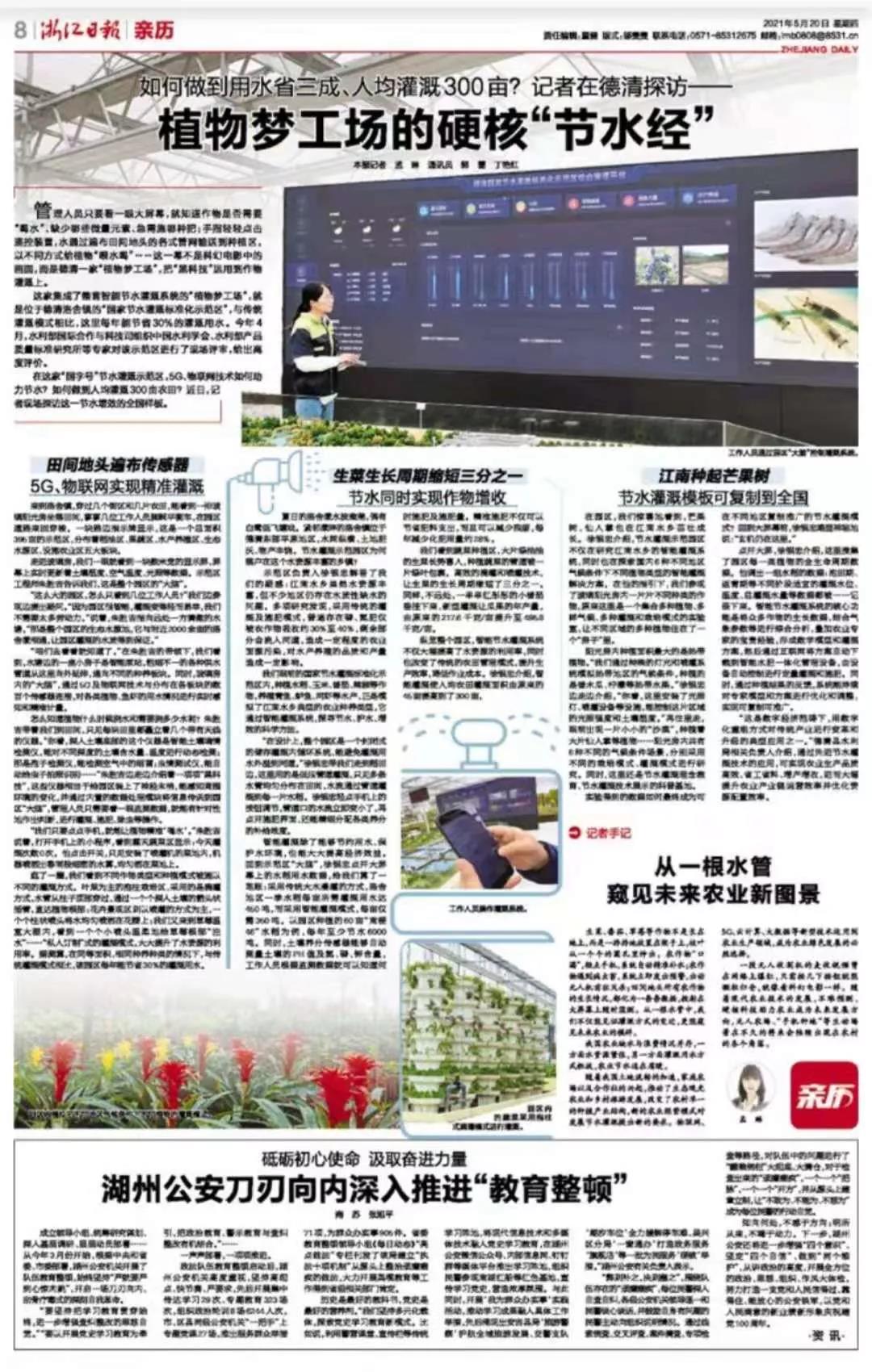
The details are as follows
Managers can tell at a glance whether a crop needs "water", which micronutrients it lacks and which fertilizer it needs. Tap the remote control with your finger, and the water is sent to the growing area through various networks of pipes throughout the field, feeding and drinking the plants in different ways... This is not a scene from a science fiction movie, but a "plant dream factory" in Deqing, applying "black technology" to crop irrigation.
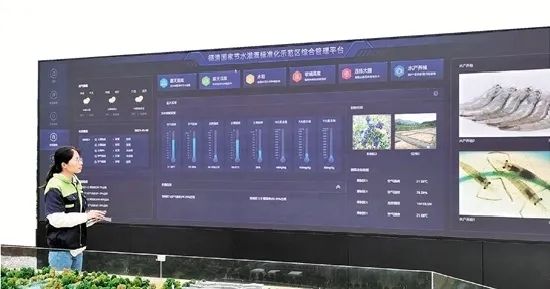
Workers control the irrigation system through the park's "brain.
This "Plant Dream Factory", which integrates a whole set of intelligent water-saving irrigation system, is the "National Water-saving Irrigation Standardization Demonstration Zone" located in Luoshe Town, Deqing. Compared with the traditional irrigation mode, it can save 30\% irrigation water every year. In April this year, the Department of International Cooperation and Science and Technology of the Ministry of Water Resources organized the Chinese Society of Water Resources, the Institute of Product Quality Standards of the Ministry of Water Resources and other experts to carry out on-site evaluation of the demonstration zone, gave a high evaluation.
In this "national Brand" water-saving irrigation demonstration zone, how can 5G and the Internet of Things help to save water? How to irrigate 300 mu of farmland per capita? Recently, the reporter visited the site of this water-saving and efficiency of the national model.
There are sensors all over the field
5G, the Internet of things to achieve precision irrigation
In the town of Losher, a few blocks and a few farmlands pass through a row of glass sunhouses, with a handful of workers riding balance carts up and down the campus road. According to a roadside sign, this is a demonstration zone with a total area of 395 mu, with five sections: rice oil area, fruit and vegetable area, aquaculture area, ecological water source area and facility agriculture area.

An aerial view of Deqing National intelligent water-saving Irrigation Demonstration Zone
Entering the glass room, we immediately saw a few meters wide screen, the screen is updated in real time soil moisture, air temperature, light and other data. Zhu Shengji, an engineer in the demonstration zone, told us that this is the "brain" of the whole zone.
"How can we only see a few workers in such a big park?" We asked questions as we toured. "Because the park is smart, irrigation is easy and we don't need much labor." "Said Zhu Shengji, pointing to a clear pond in the distance," That is the ecological water source of the whole park. It is connected with the nearby Luosheyang of more than 2,000 mu, so that the irrigation water quality of the park can be guaranteed.
"Let's go and see." Under the leadership of Zhu Shengji, we see that a small house on the edge of the pond is a smart pump station, from which various water pipes of different sizes and sizes extend outwards to different farming plates. At the same time, the "brain" in the glass room is connected to hundreds of sensors distributed in each plate through 5G and Internet of things technology, so that the water consumption of various plants, fish and shrimp can be sensed and accurately measured in real time.
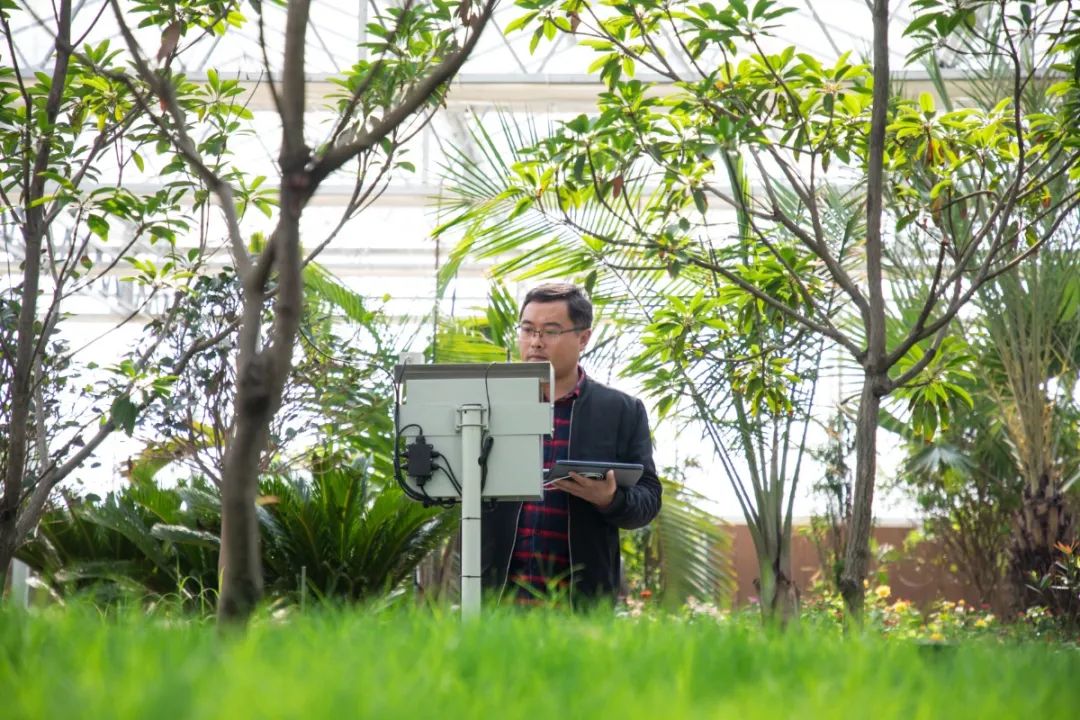
Moisture sensors make Modern Agriculture Smarter
How do you know when to water a plant and how much water it needs? Zhu Shengji took us into the fields, where several instruments with antennas stood in each field. "You see, this instrument that goes deep into the bottom of the soil is an intelligent soil moisture tester, which can dynamically detect the soil moisture content and temperature at different depths; It's a spore detector that detects bacteria in the air; Bug tester, can automatically take photos to identify bugs..." As he walked, Zhu Shengji introduced a series of "black technologies". These instruments are equivalent to installing nerve endings in the park, sensing changes in the surrounding environment and sending the information to the "brain" of the park through built-in data processing modules. Managers only need to look at the monitoring data to make targeted judgments and carry out irrigation, fertilization, deworming and other operations.
"We can tell plants to drink precisely by tapping our phones." "Zhu Shengji said, opening the small program on his mobile phone, saw the open vegetable area: irrigation times 0 today. He clicked the switch, saw the installation of the sprinkler in the vegetable field, the machine sprayed out of the spring rain as fine water mist, evenly sprinkled on the vegetable field.
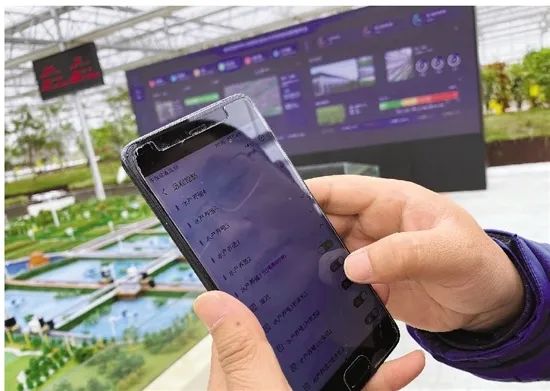
Workers operate the irrigation system
Walking around, we saw different irrigation methods applied to different crop types and planting patterns. In the columnar cultivation area dominated by leafy vegetables, drip irrigation is adopted. Water pipes pass through the top of the columnar, through a series of arrowhead tubes deep into the soil to reach the roots of plants. In the flower landscape area, the main method is sprinkler irrigation, with a columnar nozzle spraying water evenly on the petals. We came to the strawberry greenhouse, see a small nozzle gently to strawberry root "water"...... The "customized" irrigation model greatly improves the utilization rate of water resources. It is estimated that the park can save 30\% irrigation water per year compared with the traditional irrigation mode under the condition of the same area and the same type of cultivation.

Sprinkler irrigation
The growth cycle of lettuce is reduced by a third
Save water and increase crop income
In the summer, the waters of Lochee are full of water and the occasional egret is flying low. Luoshe Town is located in the eastern plain of Deqing, which is adjacent to Yangpan. It has a wide water network, fertile land and abundant products. Why is the water-saving irrigation Demonstration park located in this water-rich township?
Demonstration zone leader Xu Yinzhong answered our doubts: although the water resources of Jiangnan township is rich, but many areas still exist the problem of water shortage. A number of studies have found that in the traditional irrigation and fertilization mode, phosphorus and nitrogen fertilizer are generally absorbed by crops only about 30 % to 40 %, and the rest will flow into the river, resulting in a certain degree of agricultural non-point source pollution, which has a certain impact on the quality and yield of aquaculture.
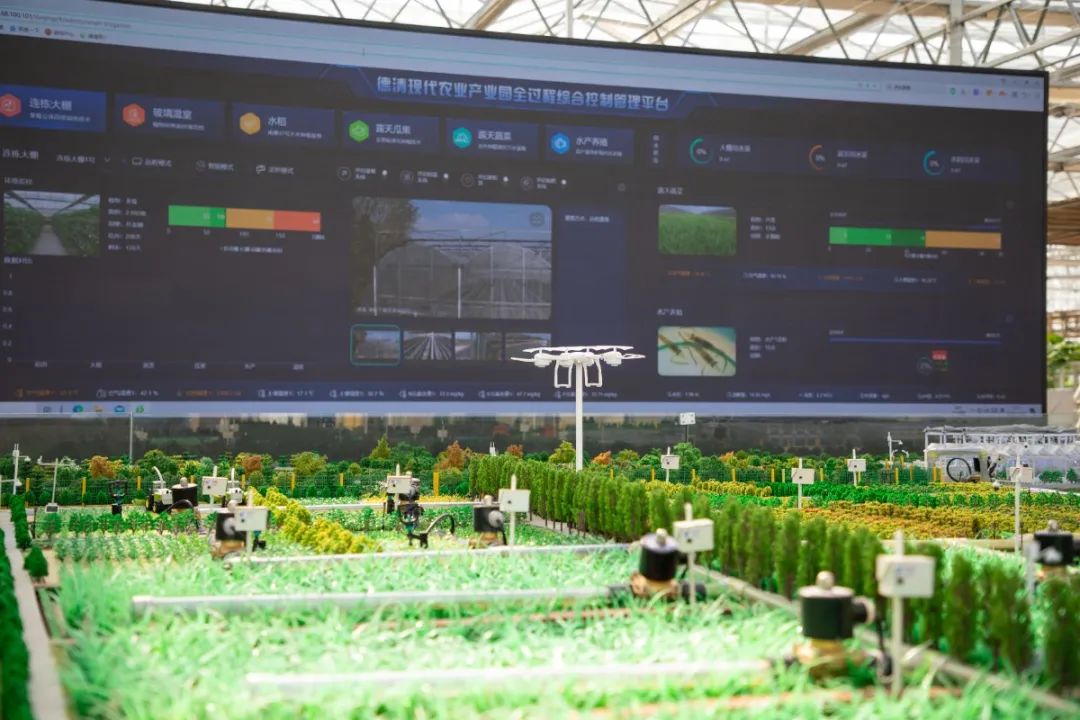
Whole process terminal management of modern agricultural industry
In the national water-saving irrigation standardization demonstration zone in front of us, crops such as rice, corn, tomato and pepper are planted, and aquatic products such as black carp, perch and river shrimp are raised, which is exactly the simulation of the typical agricultural planting and breeding types of Jiangnan water towns. It explores scientific methods of water saving, water protection and efficiency improvement through intelligent irrigation system.
"By design, the entire park is a closed storage irrigation internal circulation system that prevents irrigation water from spilling into the river." Xu Yinzhong took us to the edge of the paddy field, which is irrigated by a low-pressure pipe. There are several pipes evenly distributed in the field, and water flows through the pipes to irrigate each piece of rice. Xu Yinzhong tapped the button on his phone to adjust, and the water flow at the pipe entrance immediately became smaller. He then opened the fertilization interface, and the concentration of various nutrients could be finely distributed.
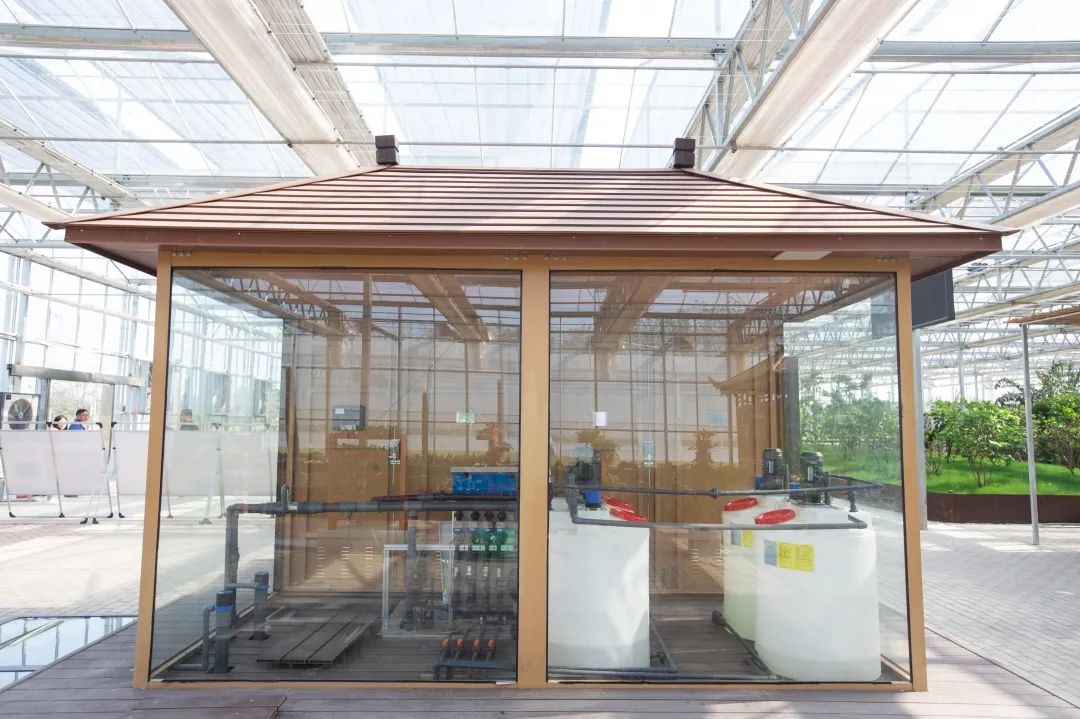
Intelligent irrigation water and fertilizer integrated intelligent pump station
In addition to saving water and protecting the water environment, intelligent irrigation can also greatly improve economic benefits. Back at the demonstration area, the Brain, Xu Yinzhong clicked on the data on the rice water consumption on the big screen and gave us a calculation: Using the traditional flood irrigation method, a season of rice in Luoshe requires 450 tons of irrigation water per mu, but using the smart irrigation method, only 350 tons per mu. Take the 60 mu of "Nanjie 46" rice planted in the park as an example, saving at least 6,000 tons of water every year. At the same time, the soil nutrient sensor can automatically measure the soil PH value and nitrogen, phosphorus, potassium content, the staff can know when to apply fertilizer and fertilizer amount according to the monitoring data. Precise fertilization can not only save fertilizer expenditure, but also reduce residue, reducing fertilizer use by about 28\% per year.

Drip irrigation
We see the vegetable fields, the green lettuce is growing happily, the pipe to grow the vegetables is wrapped in a green leaf. Efficient drip and spray irrigation reduces the lettuce's growth cycle by a third. Similarly, nearby, bunches of young, red tomatoes hang down, and new irrigation has boosted the annual yield from 217.6 kg/mu to 495.8 kg/mu.
Throughout the park, the intelligent water-saving irrigation system not only greatly improves the utilization rate of water resources, but also changes the traditional farmland management mode, improves production efficiency and reduces operating costs. According to Xu Yinzhong, intelligent irrigation has increased the irrigated area per capita from 45 mu to 300 mu.

Substrate culture
Mango trees grow in the south of the river
Water-saving irrigation templates can be copied throughout the country
In the park, we were surprised to see that mango trees and cactus also thrive in the Jiangnan water town. According to Xu Yinzhong, the water-saving irrigation demonstration park is not only studying smart irrigation systems in Jiangnan water towns, but also exploring smart irrigation solutions for different plant types in six different regional climates in China. Under his guidance, we visited a patch of different crops in the glass sunroom, which turned out to be a laboratory of diverse plants, climates, irrigation and cultivation patterns, allowing a variety of plants from different regions to live in a "house".
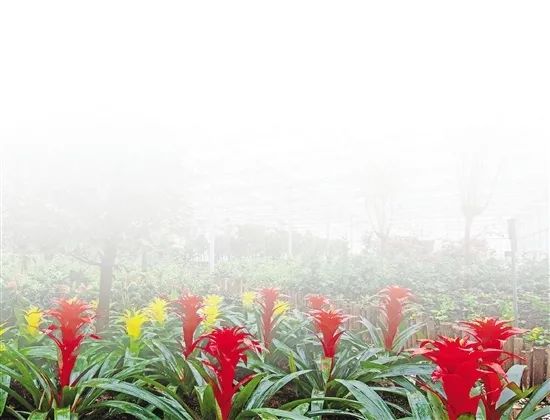
The irrigation models of different plants under different climatic conditions in different regions were simulated in the park
The largest growing area in the sunroom is tropical plants. "We use special lights and sprinkler systems to simulate tropical climate conditions, and grow tropical fruits such as papaya and lemon." "You see, there are lights, sprinklers and other facilities that can control the intensity of light and the moisture of the soil in this area," Xu said as he walked. Go further, in front of a small "desert", planting large cactus and other plants... There are 6 different climatic scenarios in the sunroom, which are studied by different cultivation and irrigation modes. At the same time, it is also a popular science base for water-saving irrigation concept education and water-saving irrigation technology demonstration.
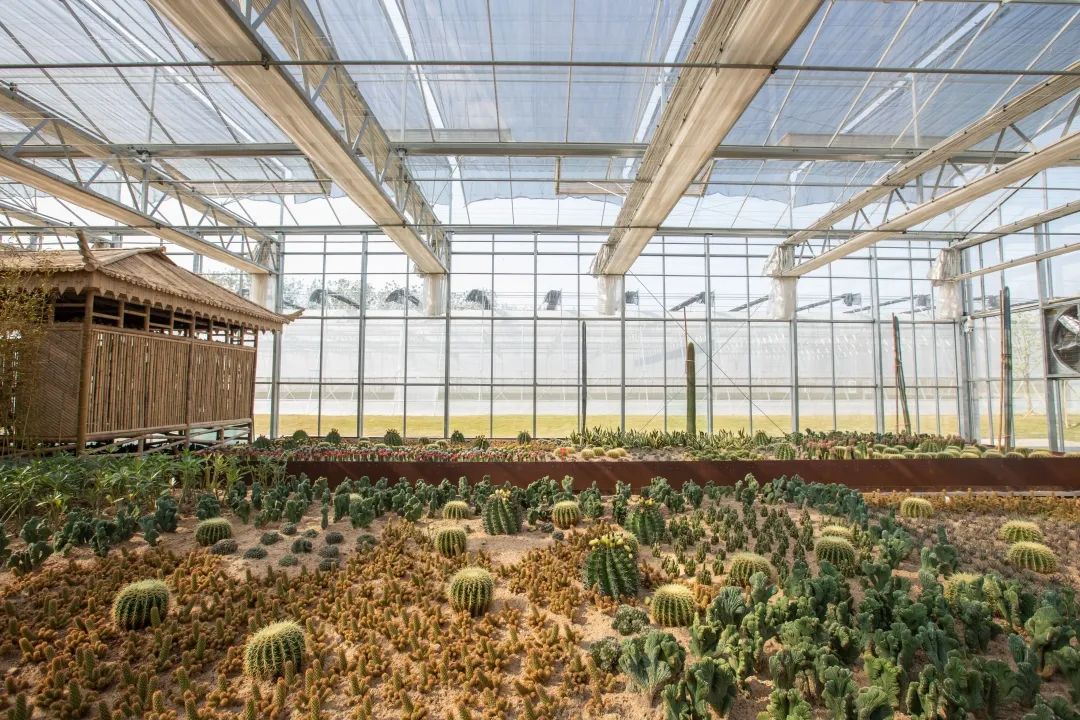
Simulated planting
How can the data from the experiment eventually become a water-saving irrigation model that can be replicated in different areas? Back in front of the big screen, Xu Yinzhong said somewhat mysteriously: "The mystery is still here."
Clicking on the large screen, Xu Yinzhong said that it collected data on the full life cycle of each type of plant in the park. He called up a set of rice data: the appropriate irrigation water level, temperature, total irrigation water and other data at different stages, such as soaking stage and regreening stage, were recorded one by one. The core function of intelligent water-saving irrigation system is to make a comprehensive analysis of the growth data of many crops combined with meteorological parameters, and superimpose the valuable experience of agricultural experts to form a mathematical model and irrigation scheme. Then the scheme can be automatically downloaded to the intelligent integrated management equipment of water and fertilizer through the Internet, and the equipment can automatically control the quantitative irrigation and fertilization. At the same time, through the feedback of planting results, the system can continuously optimize and adjust the expert model and scheme, so as to realize the replicability and popularization.
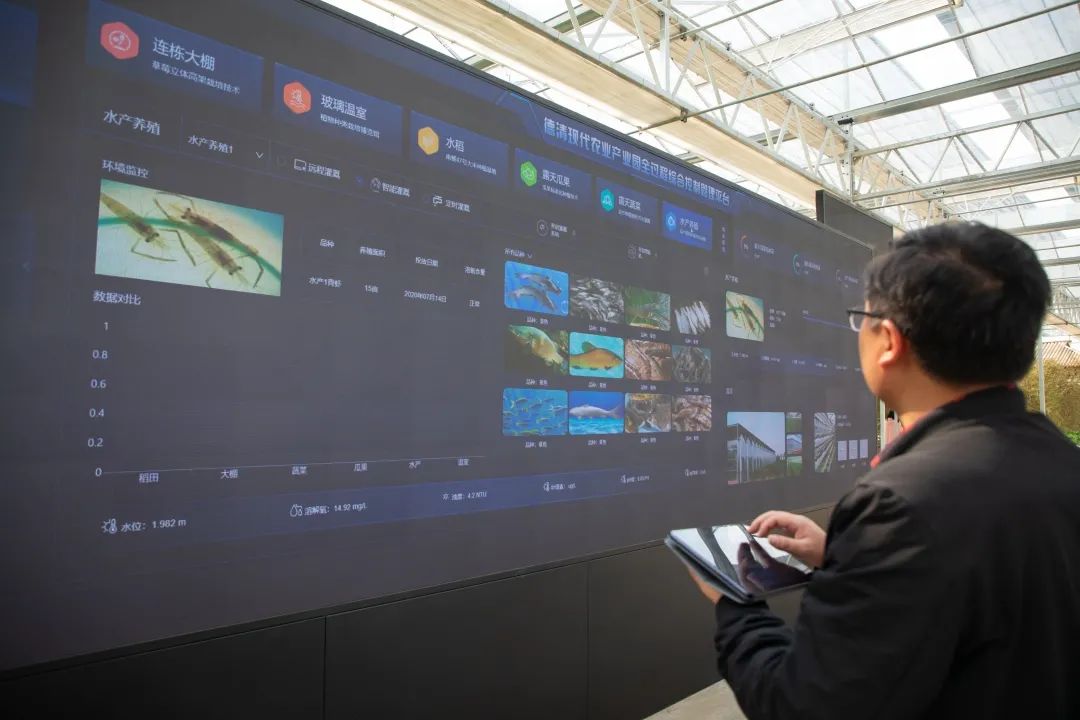
Modern agriculture platform terminal control
"This is one of the typical applications of digital restructuring to transform and upgrade traditional industries in the context of the digital economy." The relevant person in charge of Deqing County Water Resources Bureau introduced that through the application of advanced water-saving irrigation technology, agricultural production quality and efficiency can be achieved, saving industry and materials, increasing production and income, and then greatly improve the operational efficiency of agricultural industry chain and optimize the efficiency of resource allocation.
Reporter's note: From a pipe glimpse of the future of agriculture new picture
Lettuce, tomatoes, strawberries and other crops do not grow on the ground, but are placed in rows on shelves with branches sticking out of round holes. Crops "thirsty", tap the mobile phone, the system automatic precise water; When crops encounter pests and diseases, the system will immediately give early warning and dispatch drones to kill them. The growth of all crops in the field is transformed into strips of data, which are projected on a large screen and monitored at any time. From a single pipe, we can see not only how irrigation has changed, but also what agriculture could look like in the future.
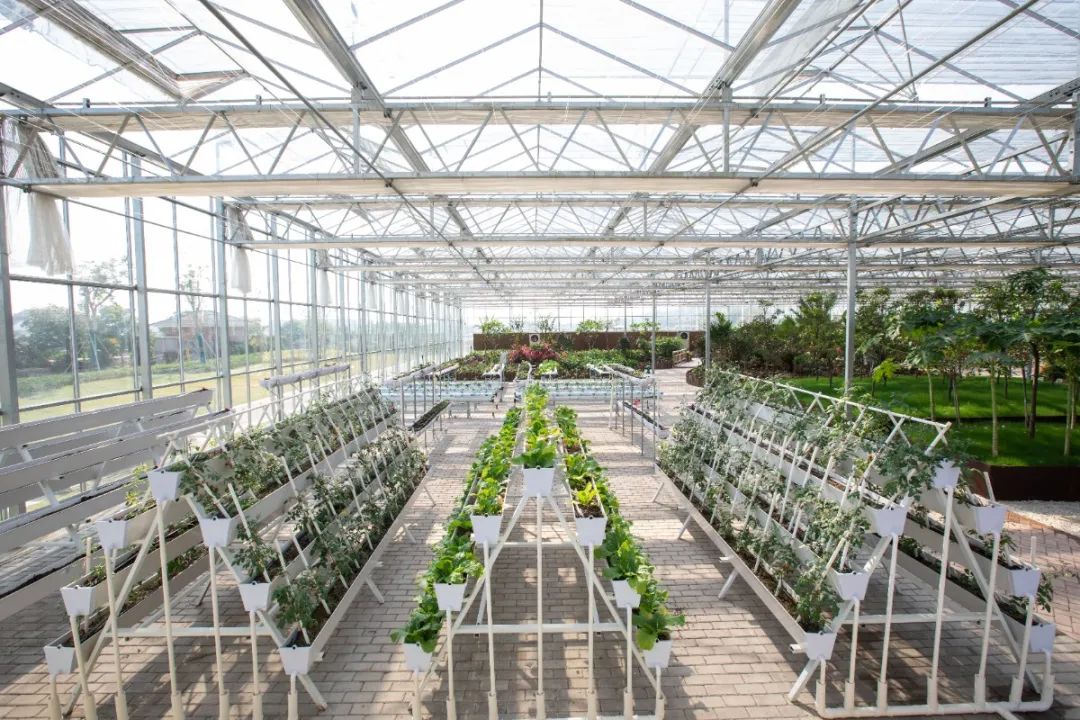
In our country, water shortage and waste coexist in agriculture. On one hand, water resource is tight, on the other hand, irrigation water is extensive, agricultural water saving is imminent.
With the acceleration of land circulation and the rise of family farms and cooperatives, the development of ecological sightseeing agriculture and rural tourism has been promoted, and the single planting industry structure in rural areas has been changed. The new agricultural management mode puts forward new requirements for the development of water-saving irrigation. The application of new technologies such as the Internet of Things, 5G, cloud computing and big data to agricultural production has become an inevitable choice for green agricultural development.
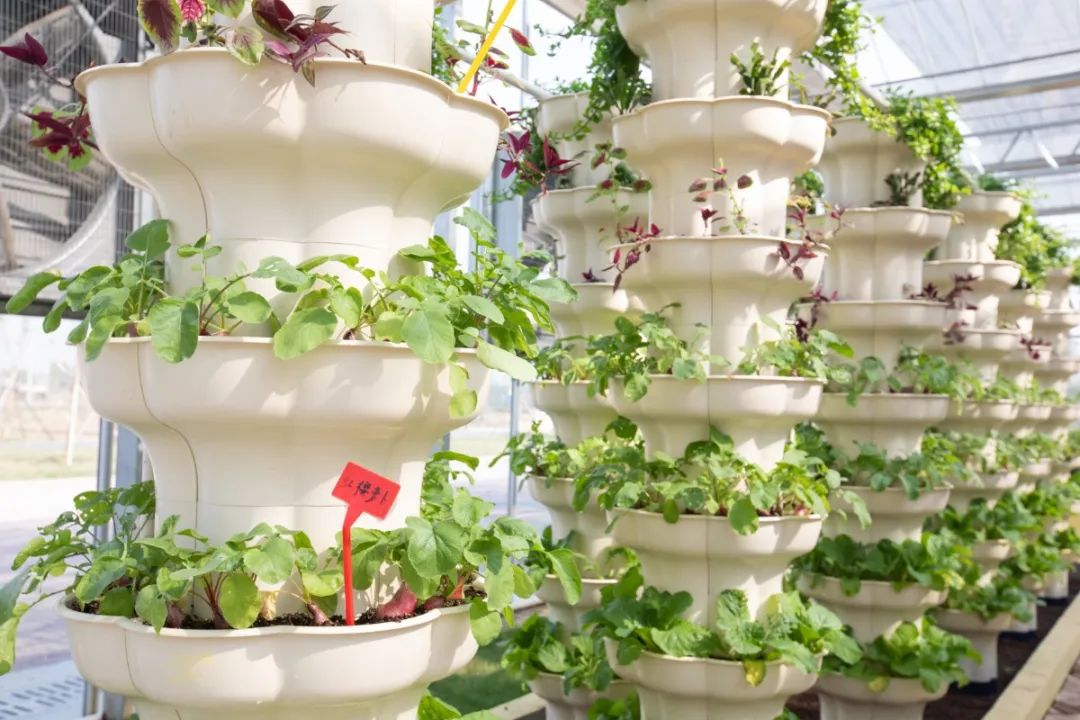
A video of an unmanned harvester's wheat harvest has gone viral on the Internet, with grains being harvested at the push of a few buttons, like in a science fiction movie. With the development of modern agricultural technology, it is not difficult to predict that hardcore technology will help agriculture become the future development direction. Vivid scenes such as unmanned farms and "mobile farming" will appear in every corner of rural areas in the near future.
(Content source: Zhejiang Daily)

